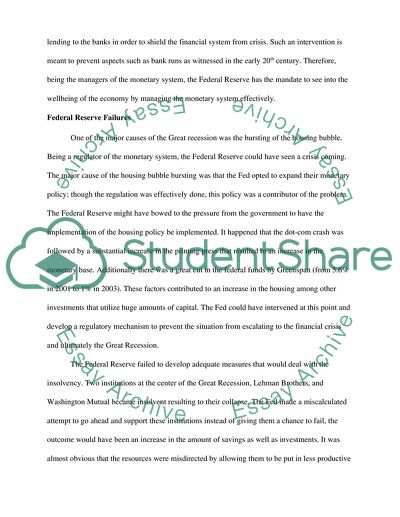Cite this document
(“Federal Reserve and the Great Recession Research Paper”, n.d.)
Federal Reserve and the Great Recession Research Paper. Retrieved from https://studentshare.org/macro-microeconomics/1646583-research-paper
Federal Reserve and the Great Recession Research Paper. Retrieved from https://studentshare.org/macro-microeconomics/1646583-research-paper
(Federal Reserve and the Great Recession Research Paper)
Federal Reserve and the Great Recession Research Paper. https://studentshare.org/macro-microeconomics/1646583-research-paper.
Federal Reserve and the Great Recession Research Paper. https://studentshare.org/macro-microeconomics/1646583-research-paper.
“Federal Reserve and the Great Recession Research Paper”, n.d. https://studentshare.org/macro-microeconomics/1646583-research-paper.


